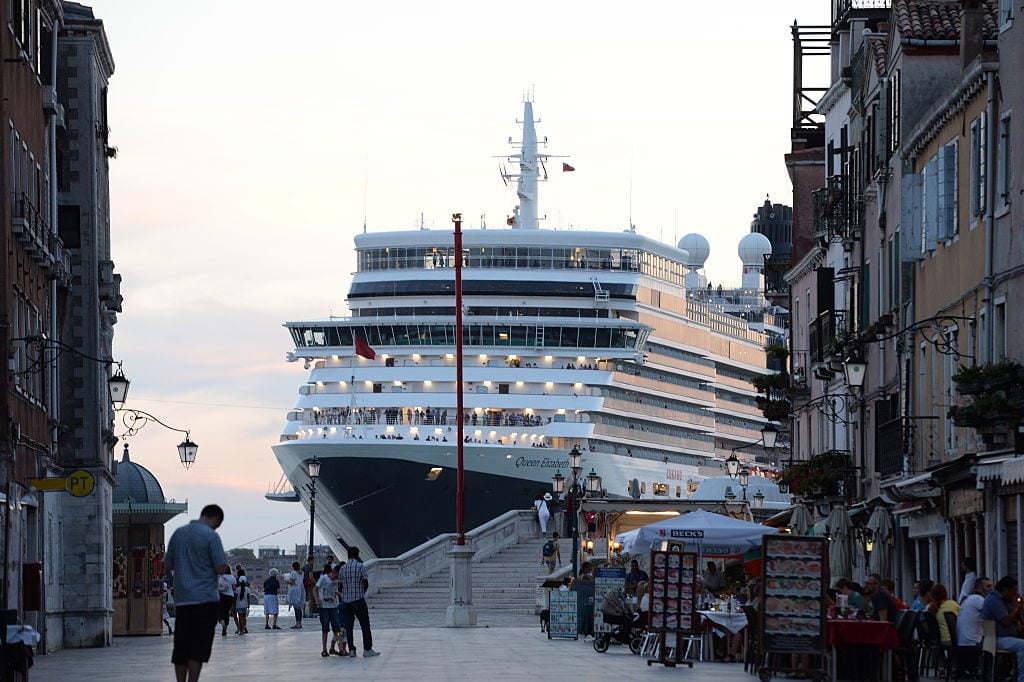Politics
In Response to Exploding Visitor Numbers, Venice Will Now Start Charging Tourists an Entrance Fee
The new tax is targeting one demographic in particular: tourists on cruise ships.

The new tax is targeting one demographic in particular: tourists on cruise ships.

Kate Brown

If you want to visit Venice this year, you will have to pay to play. The floating city could now charge tourists an extra €10 ($12) per day to visit its romantic winding streets and canals and to see its historic sites and museums.
As a part of its 2019 budget that was released last weekend, the Italian government included a clause stating that Venice may charge short-stay tourists seeking to enter the Italian city. The tax should be implemented by this year’s high season, which begins in late spring. It is expected to range between €2.50 and €5 ($2.85 and $5.70) per person, but during peak summer tourism, it could rise to €10 ($12).
The 2019 Venice Biennial is set to take place this May, at the beginning of Venice’s high season, which could potentially coincide with the new “landing tax” coming into place. Representatives for the Venice Biennale did not immediately respond to a request for comment on the new policy.
The historic city, which has a population of 50,000 citizens, attracts around 25 to 30 million foreign visitors per year, according to the Italian tourist bureau. Less than a third of them stay overnight in Venice. The tax will target these kinds of tourists, many of whom arrive on cruise ships, which flock to the canal city year-round. According to Statista, 1.4 million cruise passengers on hundreds of ships came to Venice in 2017.
Environmental concerns abound over these massive ships and their impact on the fragile lagoon’s ecosystem, which is rapidly eroding. A UNESCO report released last fall outlined the risk posed to Venice due to the effects of climate change; it is among several vulnerable and historic port cities that could become permanently underwater. Last October, the city saw the worst flooding in decades.
Furthermore, because cruise-ship tourists sleep and often eat their meals on the boat, the city sees their relative cost to the city as higher than other visitors who come by car or plane and end up spending more when staying in the city.
The battle with the tourism industry is ongoing and difficult, since the sector is also the source of the city’s financial livelihood. In September, locals and environmentalists on small boats staged a protest at the passage of a large cruise ship near St Mark’s. Last May, the city also installed a trial set-up of turnstiles aimed at curbing the overflow of tourists, while letting Venetian residents gain access more easily. Some vehemently opposed them, saying that the new measures would turn the city into a version of Disneyland.
There is already a seven-year-old tax in place for overnighting visitors that brings in around €30 million ($35 million) per year. This landing tax for day-trippers could add an additional €50 million ( $58 million), which the city’s mayor, Luigi Brugnaro, says will “protect those who live, study and work in our territory.”